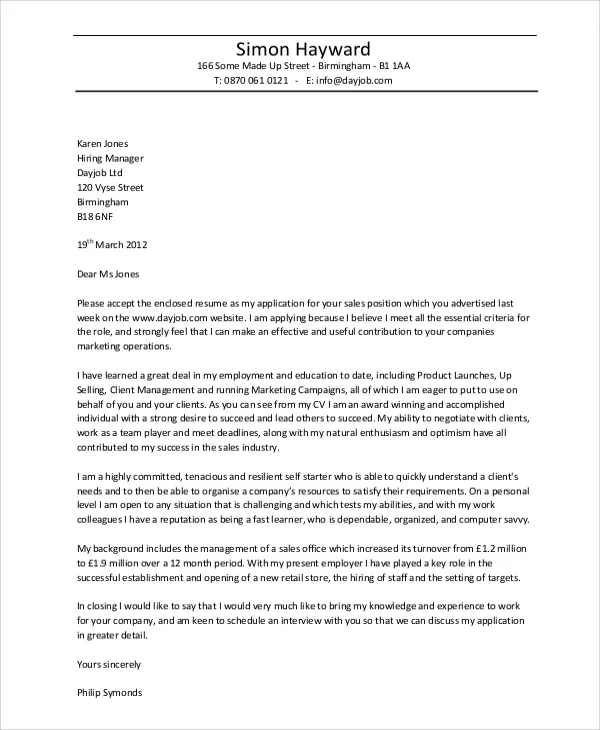Why Cover Letter Samples Are Important
In today’s competitive job market, a well-crafted cover letter is more than just a formality — it’s your first opportunity to make a lasting impression. It serves as your personalized introduction, giving you a chance to showcase your personality, skills, and enthusiasm for the role beyond what a resume can convey. Cover letter samples are incredibly important because they provide a solid foundation and guide you through the process of crafting an effective cover letter. They offer a glimpse into the best practices, formatting styles, and language that hiring managers respond to positively. Utilizing these samples can help you tailor your letter to a specific job, highlight relevant experiences, and ultimately increase your chances of landing an interview. They provide a clear roadmap on how to articulate your value proposition, demonstrate your understanding of the company, and showcase your genuine interest in the position. Without a strong cover letter, your resume might get lost in the sea of applicants, making cover letter samples an indispensable tool in your job search arsenal.
7 Top Cover Letter Samples
Navigating the world of cover letters can be daunting, but having access to diverse cover letter samples can simplify the process. Each job application requires a unique approach, and these samples cater to different career stages and situations. Understanding the nuances of each type ensures your letter stands out positively. Below, we’ll explore seven types of cover letter samples, each meticulously crafted to suit different scenarios you might encounter. These cover letters are designed to capture the attention of hiring managers and give you a strategic advantage. By reviewing these samples, you can glean valuable insights into structure, tone, and content. From entry-level positions to career changes, internship applications to graduate school, these samples offer practical examples and invaluable insights that will empower you to create compelling cover letters, thus increasing your prospects of employment.
Sample 1 Entry-Level Position
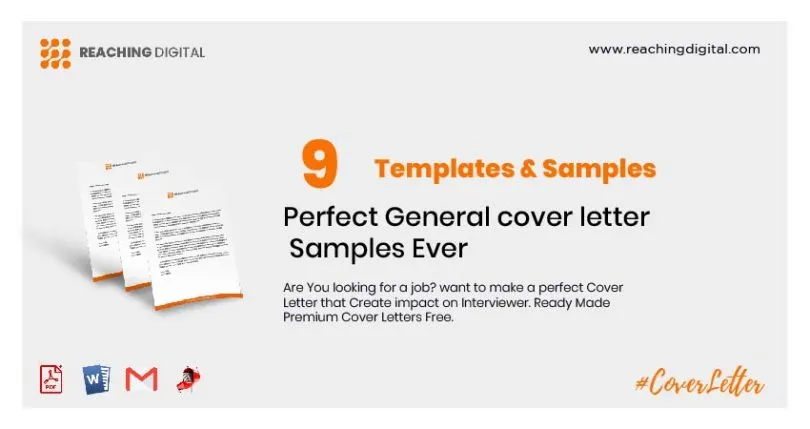
This sample is specifically designed for candidates with little or no professional experience, such as recent graduates or those new to the workforce. The focus is on showcasing academic achievements, relevant coursework, and any extracurricular activities or volunteer work. When writing this type of cover letter, be sure to highlight soft skills (e.g., communication, teamwork, problem-solving) and enthusiasm for the position. It’s vital to emphasize your eagerness to learn and contribute, even without extensive professional experience. The tone should be enthusiastic and professional. Mention how your skills align with the job description and what you hope to achieve in the role. Make sure to clearly state your goals and aspirations. This is a great opportunity to show your passion and drive for the field.
Key Elements of an Entry-Level Cover Letter
An effective entry-level cover letter has specific components to make it stand out. First, you should always include a strong opening that immediately grabs the reader’s attention, stating your interest and aligning it with the job. Secondly, showcase your relevant skills. Even without professional experience, highlight transferable skills, coursework, and projects. Next, explain how you will contribute to the company. Demonstrate your understanding of the company’s values and the role you want. Finally, end with a compelling call to action, inviting the reader to learn more and express enthusiasm for the opportunity. Be sure to tailor this information to the specific job description. Focus on those skills most relevant for the position.
Sample 2 Experienced Professional
This sample is geared towards professionals with significant experience in their field. The objective is to showcase your accomplishments, and quantifiable results, to prove your value. The focus shifts from skills to actual results and achievements. Highlight specific projects, initiatives, and outcomes you’ve delivered in previous roles. Make sure you emphasize your ability to lead, manage, and drive results. This cover letter sample should be tailored to demonstrate how your skills and experiences align with the target job requirements. Include metrics and data to back up your claims. Also, ensure that the tone is confident and professional, while always reflecting a deep understanding of your industry and the company’s needs.
Highlighting Your Accomplishments
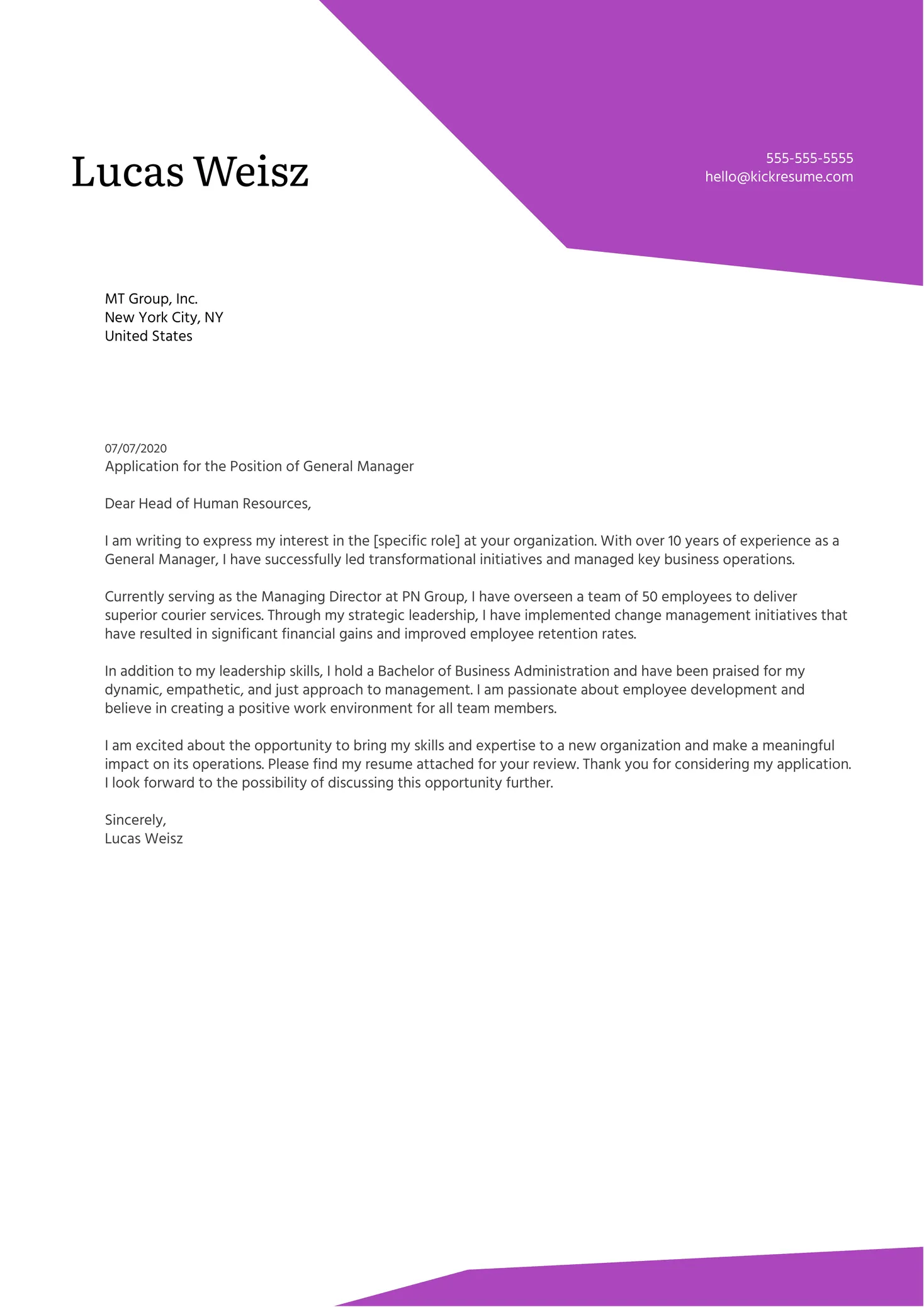
When crafting a cover letter for experienced professionals, showcasing accomplishments is key. Start by clearly stating your main accomplishments in the first paragraph. Use the STAR method (Situation, Task, Action, Result) to detail how you overcame challenges, and what was achieved. Include measurable results, such as increased sales, improved efficiency, or cost savings. Be sure to quantify your achievements with numbers and data to make your claims more credible. Make sure you tailor the information to match the job description. This will demonstrate how your past successes can benefit the company. Your goal is to provide evidence of your abilities and make a compelling case for your qualifications.
Sample 3 Career Change
For individuals seeking a career change, this sample is tailored to bridge the gap between your current skills and the requirements of the desired role. The aim is to highlight transferable skills. Your focus should be on emphasizing the abilities that are relevant to the new position, even if your prior experience is in a different field. Be sure to address any gaps in your background. Explain your motivations for the change and how your skills will contribute to the new role. The cover letter should be designed to show how you are a great fit, despite your change in career. Be sure to showcase your enthusiasm for learning and adapting to new challenges. This letter must show that you have what it takes, regardless of your background.
Showcasing Transferable Skills
Showcasing transferable skills is critical when changing careers. Start by identifying the skills needed for the new role. Then, analyze your current skills and find overlaps. Make sure you use concrete examples to demonstrate your skills. Highlight your achievements, even from unrelated fields. Also, explain how your experience applies to the target job. Focus on communication, problem-solving, and leadership skills. Tailor your letter to reflect your understanding of the job description. Demonstrate your adaptability, and enthusiasm, for the new field. This will help the hiring manager see the value you bring.
Sample 4 Internship Application
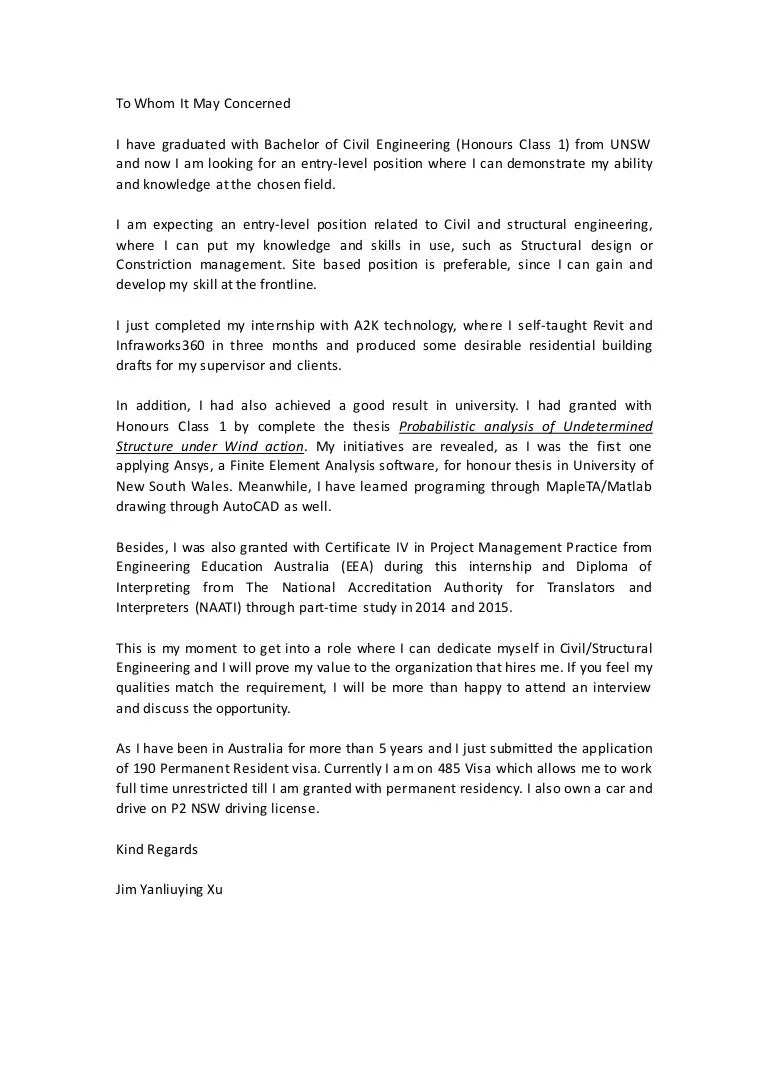
Designed for students or recent graduates applying for internships, this sample emphasizes relevant coursework, projects, and academic achievements. Your goal should be to connect your academic knowledge with the practical application of the internship. Highlight any projects or experiences that align with the internship’s requirements. Make sure to showcase your enthusiasm for the field and demonstrate your eagerness to learn. Describe your understanding of the company and your specific goals. Mention skills gained during your studies that are relevant to the internship. Use this opportunity to emphasize your potential to grow.
Emphasizing Relevant Coursework and Projects
When applying for an internship, highlighting relevant coursework and projects is essential. Begin by listing your courses and projects directly related to the internship. Describe your role, responsibilities, and results achieved. Provide specific examples, and explain how they demonstrate your skills and knowledge. Emphasize any practical experience or skills gained. Detail any software or tools that you are familiar with. Also, clearly articulate how your academic experiences will contribute to the internship. By focusing on these details, you can create a compelling case for your candidacy.
Sample 5 Graduate School Application
This cover letter sample focuses on academic goals, research interests, and motivations for pursuing graduate studies. The objective is to articulate your understanding of the program. Highlight your research experience, relevant coursework, and any publications or presentations. Express your long-term goals and how the program will help you achieve them. Clearly articulate your research interests and why you chose the specific program. Demonstrate your knowledge of the school and its faculty. This should clearly indicate that you are a great fit. This cover letter must show your passion and suitability for graduate-level study.
Stating Your Academic Goals
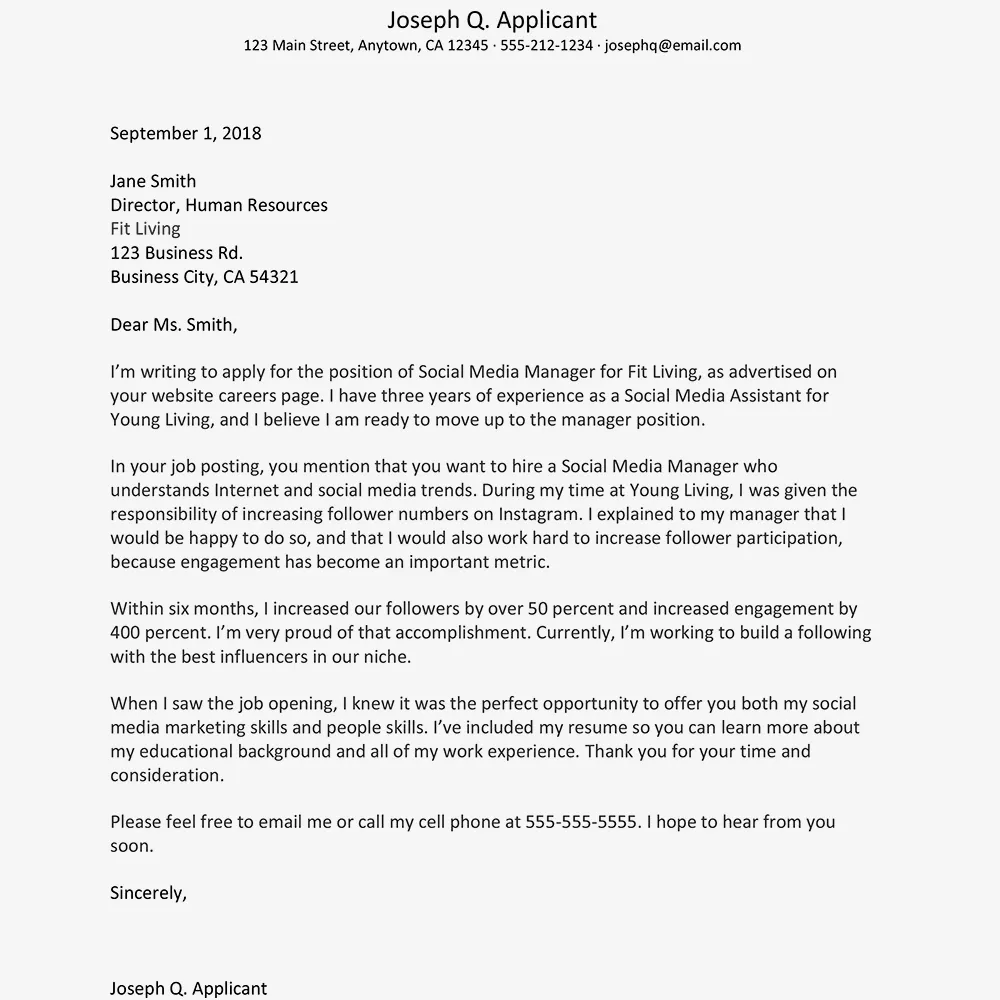
When applying to graduate school, clearly stating your academic goals is critical. Start by outlining your specific academic interests and aspirations. Explain your short-term and long-term career goals. Describe your research interests and how they align with the program. Detail how you hope to contribute to the field. Make sure you tailor your statement to the specific program. Focus on how the school’s resources, faculty, and research opportunities will help you achieve your goals. Your aim is to demonstrate your vision. This shows the admissions committee that you have a clear path.
Sample 6 Addressing a Specific Skill
Use this sample when the job description emphasizes a particular skill. The focus is on providing examples of how you have used the skill. Tailor your cover letter to the specific skill and requirements of the job. Start by highlighting your proficiency. Use quantifiable achievements to demonstrate the skill’s impact. Include concrete examples to back up your claims. Describe your experience. Provide detailed examples of how you have applied the skill. Your goal is to demonstrate your ability to solve problems and produce results. This will position you as an ideal candidate.
Demonstrating Proficiency in a Specific Area
To demonstrate proficiency in a specific skill, begin by clearly stating the skill. Highlight instances where you have effectively used that skill. Provide specific examples of how you have used the skill to produce results. Describe challenges you overcame. Detail any successes or positive outcomes. Include data or metrics to support your claims. Be sure to tailor your examples to the job description. Make it clear how your proficiency will benefit the company. Your goal is to demonstrate that you are a skilled professional.
Sample 7 Addressing a Gap in Employment
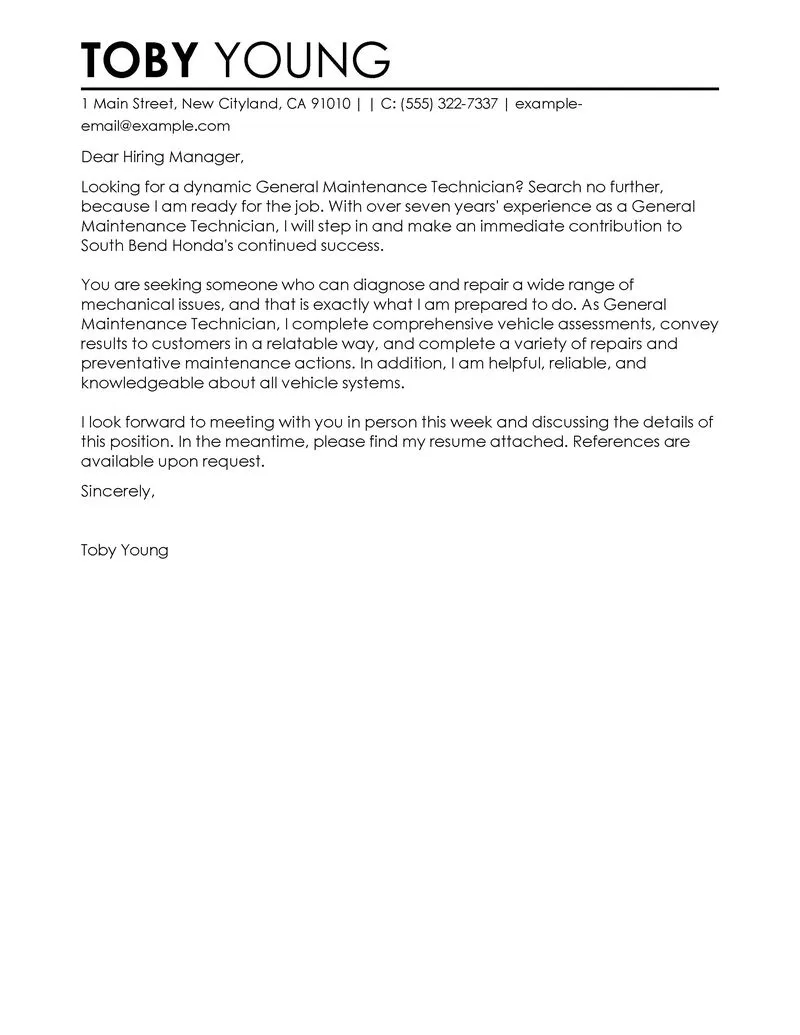
This sample is designed to provide context and reassure the employer when addressing a gap in employment. Your goal is to explain the gap. Explain what you did during the gap. Frame the gap positively, focusing on your skills and personal development. Ensure that the focus is on your value to the employer. Be transparent. Explain your activities and how they have improved your skillset. Also, demonstrate what you have learned during your time away. Your goal is to highlight your personal growth and readiness for the job.
Providing Context and Reassurance
When addressing a gap in employment, providing context and reassurance is essential. Start by acknowledging the gap. Explain the reason for the absence. Describe what you did during that time. Highlight any skills you gained. Focus on the personal or professional development you underwent. Make sure to reframe the gap as a positive experience. Explain how it has made you a stronger candidate. Be transparent and honest. Your goal is to reassure the employer of your commitment. This will show your ability to contribute to the company.
Tips for Adapting Cover Letter Samples
Using cover letter samples is a great way to start, but adapting them is essential. Start by reading the job description and identifying the key requirements. Tailor the sample to match the specific needs of the job. Focus on the skills and experiences. Make sure to highlight your achievements with quantifiable results. Edit the tone and language to match your personality. Before submitting, proofread your letter carefully. Ensure your letter is original. This will make it a perfect fit for the role.
Tailoring to the Specific Job
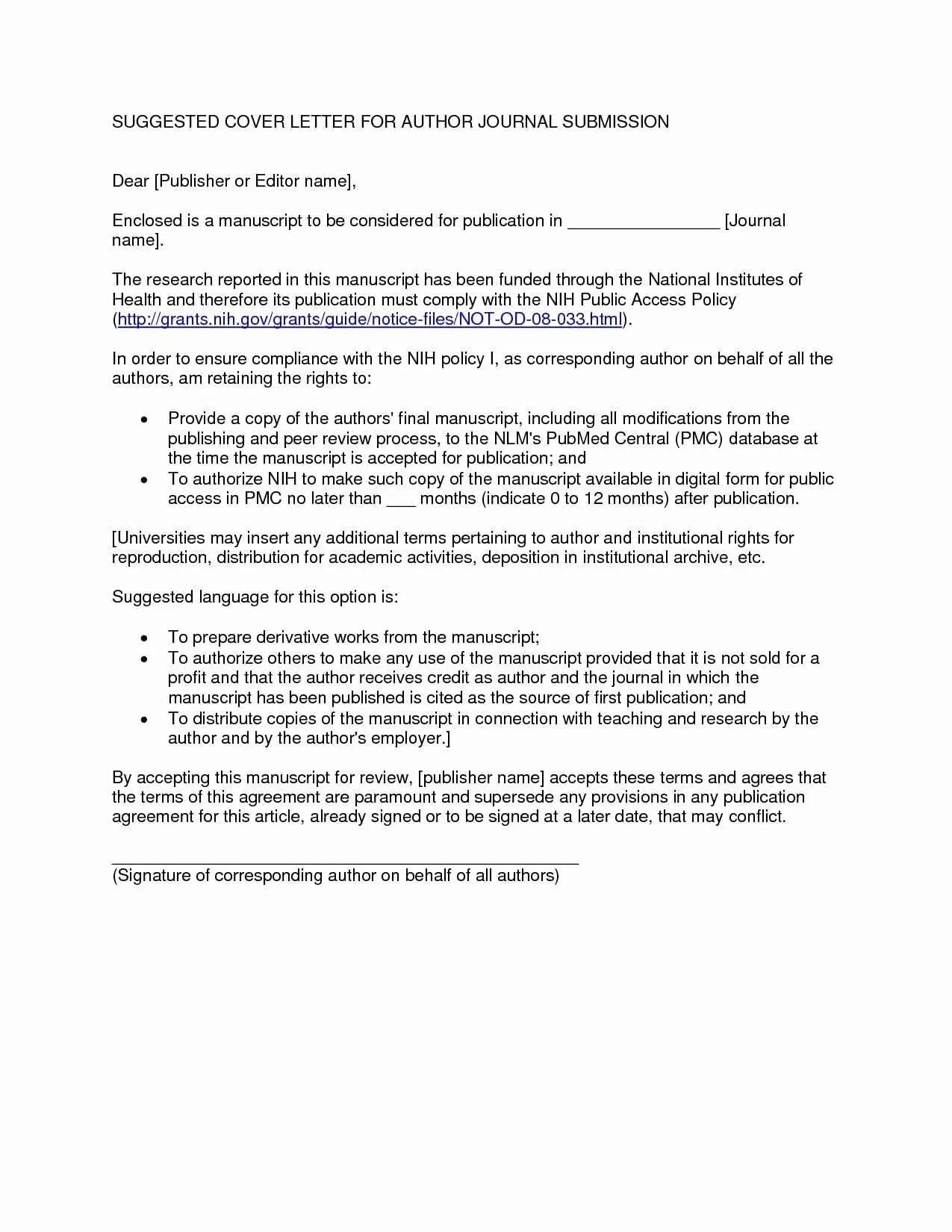
To successfully tailor your cover letter, begin by thoroughly reading the job description. Identify the key requirements and skills. Then, select a sample that is most relevant. Customize the sample to include your experiences and skills. Make sure to highlight achievements. Include quantifiable results, and use keywords from the job description. Be sure to customize the language and tone. Demonstrate how your skills align with the needs of the company. Ensure you provide the right information. Your goal is to present a customized, and compelling case for your candidacy.
Proofreading and Editing
Proofreading and editing your cover letter is important for making a strong impression. Before submitting, carefully check for grammatical errors, typos, and spelling mistakes. Read the letter aloud to catch any awkward phrasing. Use a grammar checker to ensure accuracy. Also, have someone else review your letter to get a fresh perspective. Ensure your formatting is consistent, and your language is clear and concise. Your goal is to ensure your letter is professional. A well-proofread cover letter shows attention to detail, which is a highly valued skill.
